Thanks to modern technology, first responders today can access a great deal of information about the location of the incidents they respond to. Incident pre-plans can give commanders, administrators, and first responders the tools they need to manage incidents safety and effectively. Below we will delve into how incident pre-plans directly impact emergency response and can save lives.
Incident pre-plans are documents that public safety agencies create which include relevant information about the buildings in their jurisdiction. Most departments then store this information in their records management systems (RMS).
For more information on why departments need to collect incident pre-plans, check out our last incident pre-plan blog Incident Pre-Plans Part 1: Why Every Fire Department Needs Detailed Incident Pre-Plans.
While pre-plans help fire departments in many ways before an incident even occurs, incident pre-plan data also has several direct effects on incident response that can protect both civilians’ and first responders’ lives.
Reduced Inicident Stabilization Times
Departments realize that lower incident stabilization times can have a large impact on saving lives, preventing injuries, and minimizing property damage.
While various forms of technology aim to reduce response times, incident pre-plans help first responders respond to, manage, and mitigate incidents safely and efficiently.
In the past, first arriving officers/commanders created a game plan once they arrived at the scene of the incident and performed an initial scene size-up. Now, many forms of incident management technology make it possible for first responders and commanders to view pre-plan information from various locations and create an incident response strategy en route to an incident.
The National Fire Protection Association (NFPA) has various guidelines for average department response times, including dispatch time, turnout time, and travel time.
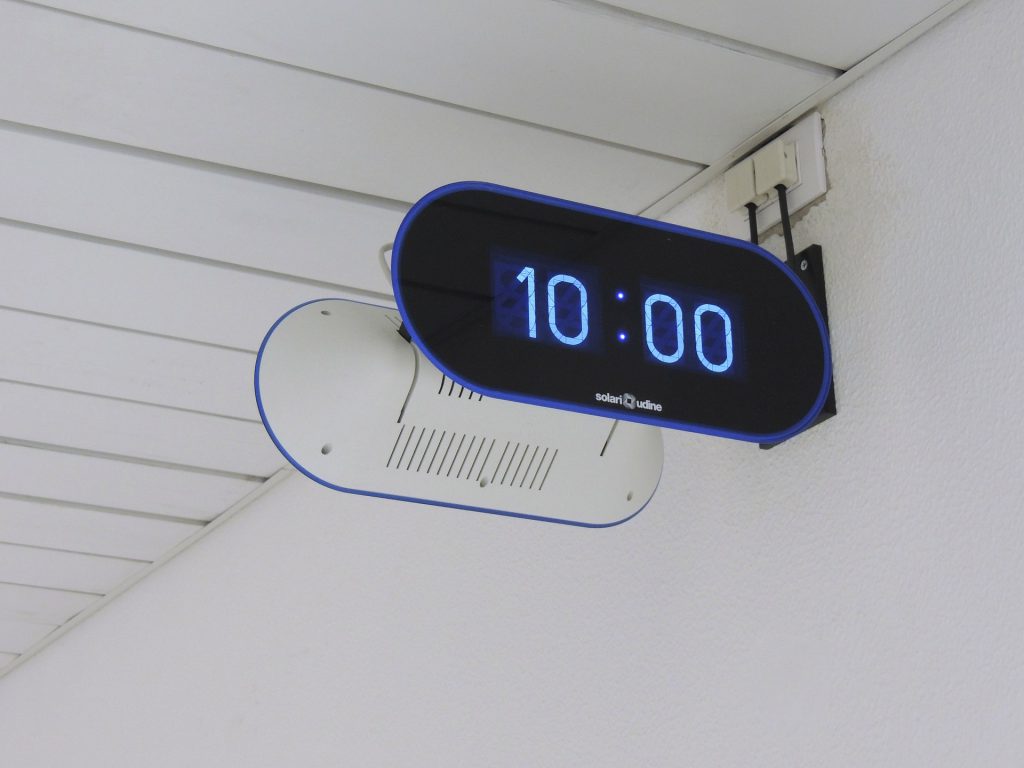
Officers and incident commanders generally have many tasks and responsibilities to handle before they get on scene. Incident management technology with pre-plan data provides crucial information to help commanders strategize while traveling to the scene and manage effectively when they get off the truck, effectively reducing incident stabilization time.
These actions can help mitigate incident risks faster, because first responders can start managing the incident as soon as the apparatus arrives.
The following are a few examples of how specifically incident pre-plans can help departments increase productivity and efficiency on scene:
- During search and rescue operations, first responders can quickly enter the building using Knox box keys and other rapid-entry systems to easily find points of entrance and exit to safely get people out of the building.
- In a structure fire, they can determine the location of key resources such as hydrant locations and Fire Department Connection (FDC)/sprinklers systems to mitigate the situation as quickly as possible.
- For elderly care facilities, hospitals, and similar locations, having access to entry codes and knowing the number of occupants and their status will help responders enter the premises and begin providing care immediately or make evacuation plans.
- In the case of a commercial building, knowing the size of the building can affect radio coverage and aid the Rapid Intervention Team (RIT) in knowing the building layout and where operations are on-going, which may help save first responder lives as the incident progresses.
- Recognizing the existence of hazardous materials in a building before you arrive can change the response and mitigation strategy.
In these scenarios and many others, incident pre-plans help responders manage incidents as fast and safely as possible.
Informed Decision-Making
The more unknown variables a first responder faces, the more difficult it can be to make informed decisions. Site-specific information can greatly help commanders decide on the appropriate plan of response to meet a location’s unique needs and requirements.
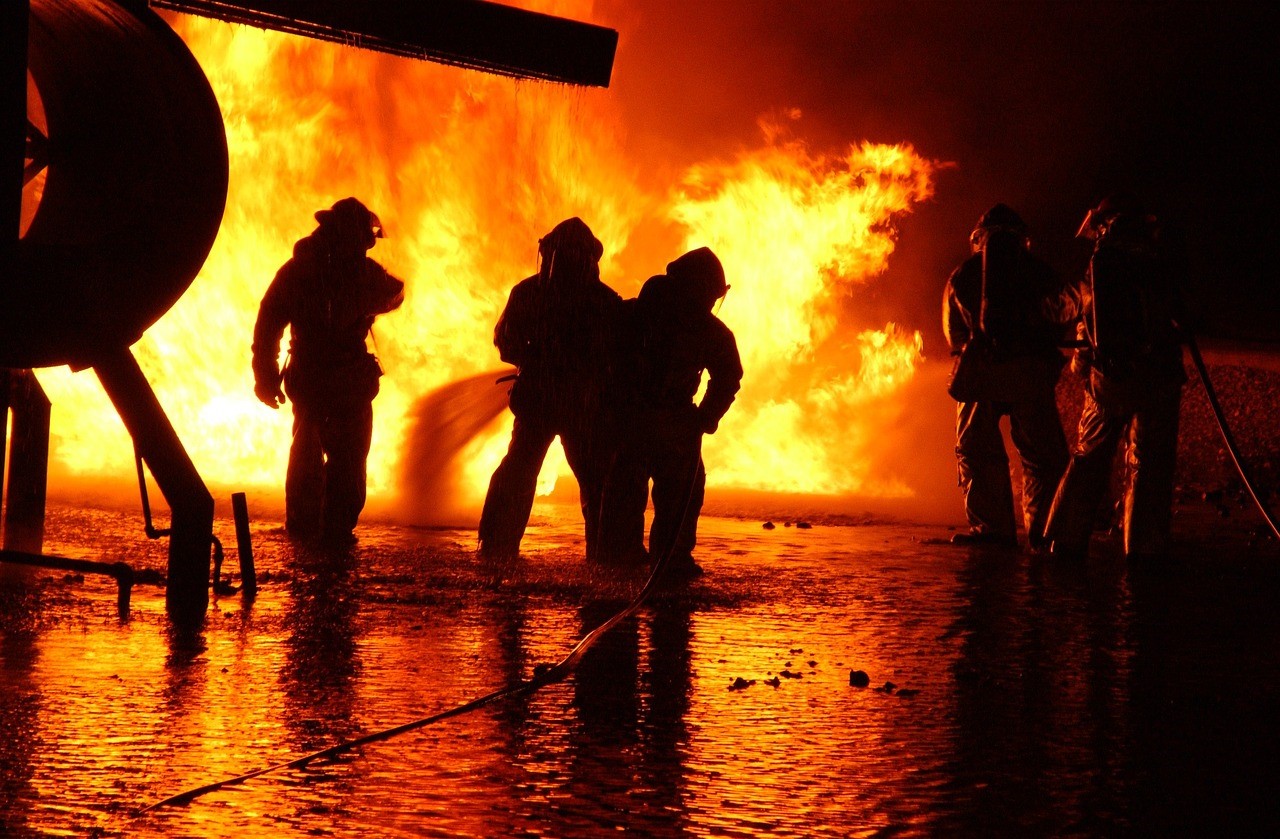
When public safety staff do not have information about a specific building or location, they may make decisions based on a best guess. These assumptions can be dangerous, since commanders might make a decision that ends up being costly or even deadly.
With access to incident pre-plans, first responders can note any possible hazards, barriers, or other dangerous items that could affect their approach to the incident. One example would be knowing about solar panels on a house’s roof to avoid accidental electrocution.
This way, the commander can make informed decisions about the incident and adopt a strategy that mitigates these risk factors.
Specific information about the building’s location can also help first responders with suppression efforts. Data about the roads, obstacles, and fire protection systems can help commanders plan the safest routes and strategic apparatus placement.
In addition, shared databases of pre-plan information can help neighboring jurisdictions during mutual aid scenarios. By sharing maps and pre-plans, separate agencies can plan a coordinated response since they have access to the same information. Pre-plans also afford neighboring departments with specific information about incident locations they may be less familiar with.
With more information at their disposal, departments can work to ensure the safety of both constituents and first responders on the scene.
Incident pre-plans are an important tool for public safety agencies. Commanders, administrators, and first responders benefit from sharing incident information to make an informed response. As incident management and response technology continue to expand, first responders will be able to access pre-plan data from multiple locations and devices. Ideally, every public safety agency across the globe will incorporate incident pre-plans into their response strategy and make such information available to their entire department.
If you enjoyed this article, please check out some of our recent posts:
Incident Pre-plans Part 1: Why Every Fire Department Needs Detailed Incident Pre-Plans
3 Things Drones Teach Us About Public Safety Technology
Interested in learning more about Adashi’s software? Schedule a free, online product demonstration. Click the image below to set up your free demo today.

Eric Brenneman is a member of the Adashi sales team. He also served as a Lieutenant at the West Des Moines Fire Department in Iowa.
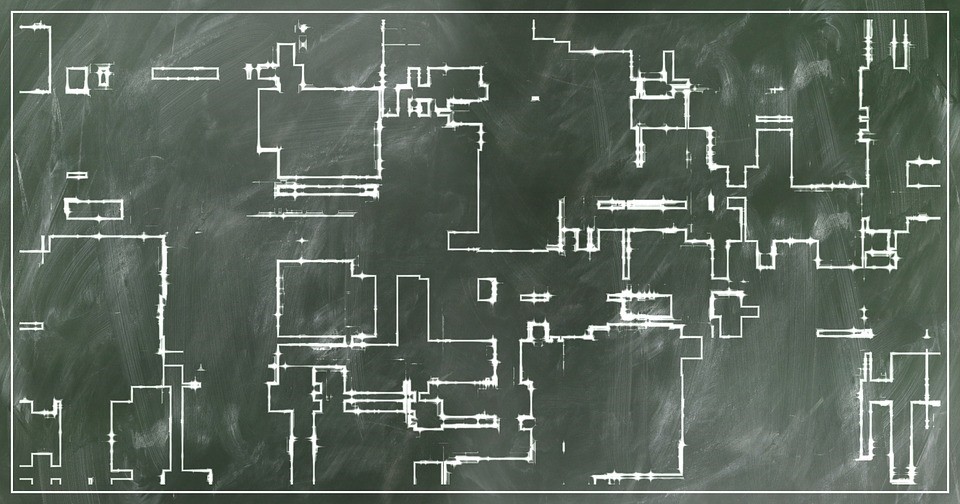
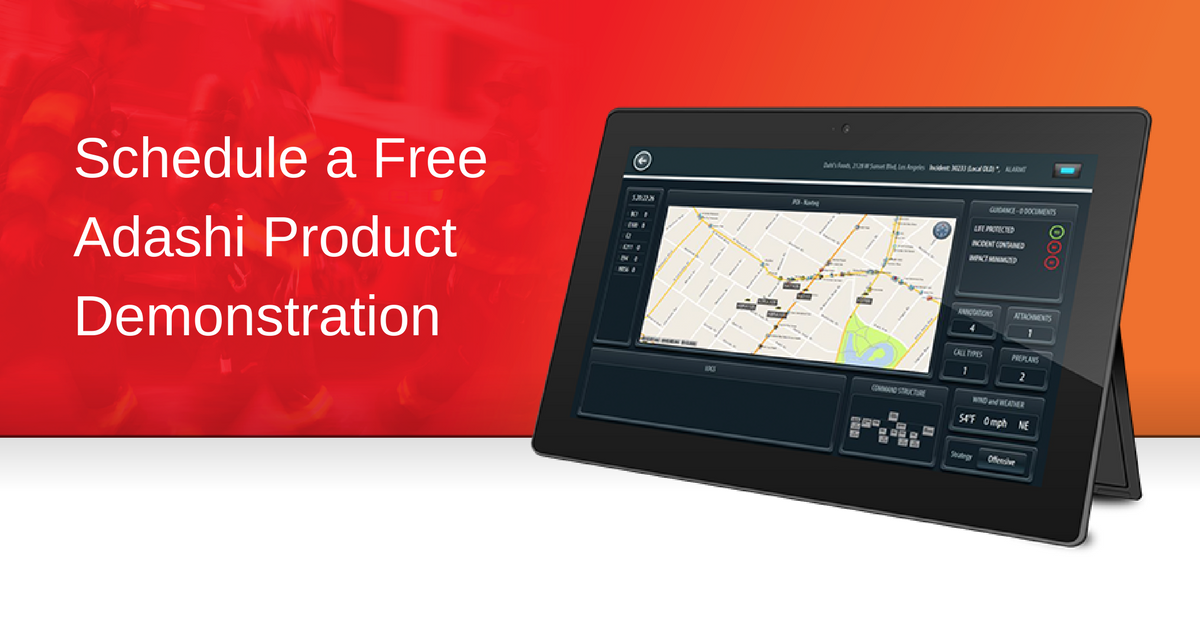
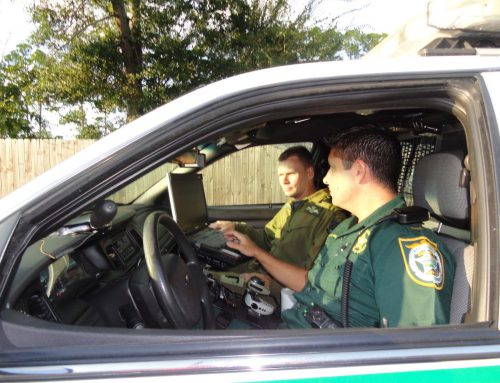


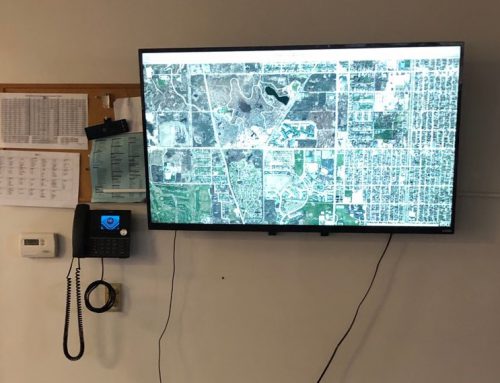
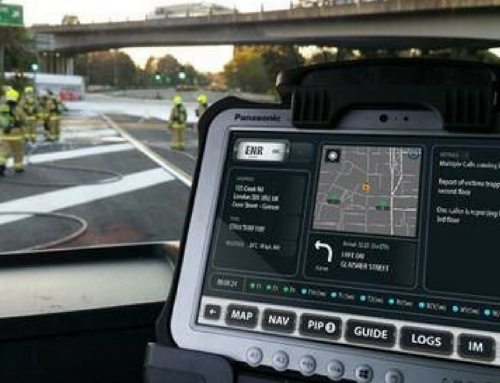
Leave A Comment
You must be logged in to post a comment.